Paeonol
Synonym(s):2′-Hydroxy-4′-methoxyacetophenone;Paeonol;Resacetophenone 4-O-methyl ether
- CAS NO.:552-41-0
- Empirical Formula: C9H10O3
- Molecular Weight: 166.17
- MDL number: MFCD00008730
- EINECS: 209-012-2
- SAFETY DATA SHEET (SDS)
- Update Date: 2025-12-23 21:30:31
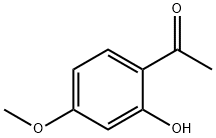
What is Paeonol?
Description
As the main active ingredient of Moutan cortex and Xuchangqing, paeonol has been used in clinical practice since ancient times. Paeonol was first isolated from Moutan cortex by Japanese scholar Changjing Changyi in 1884 . Paeonol injection was the earliest recorded in the Chinese pharmacopoeia 1977 edition; it is the main formulation until now. In 2003, the quality standard of paeonol sodium sulfonate was also promoted from the local standard to the national standard. The dosage form of paeonol for skin is mainly ointment.
Physical properties
Appearance: white or light yellow, shining, needlelike crystals. Solubility: freely soluble in ethanol and methanol; soluble in diethyl ether, acetone, benzene, chloroform, and carbon disulfide; slightly soluble in water; and soluble in hot water, practically insoluble in cold water, and volatilizing in water vapor. Melting point: 48–51?°C.
The Uses of Paeonol
Paeonol acting as a β-Secretase inhibitor an anti-inflammatory & anti-lipid peroxidation agent is used in the treatment of memory loss after ischemic stroke. Anti-inflammatory and analgesic.
Preparation
Paeonol is the main active ingredient of the cortex of thePaeonol raw materials with high purity can be derived from plant extracts by chemical synthesis. The commonly used extraction methods of paeonol include boiling method, alcohol extraction, steam distillation, and CO2 supercritical fluid extraction . But due to the limitation of plant resources and the lower content of paeonol in the natural plants, there are many separation and purification difficulties existed in the extraction methods. The chemical synthesis process is relatively easy, and the final product usually can be obtained through two- to three-step reaction and separation process . Ranunculaceae plants including Paeonia suffruticosa Andr.
Indications
This drug has been recorded in Pharmacopoeia of the People’s Republic of China (1977). At present, the dosage forms of paeonol for clinical use include tablet, ointment, injection, and plaster. Paeonol is clinically used for the treatment of fever, headache, neuralgia, muscle pain, abdominal pain, rheumatoid arthritis and rheumatoid arthritis; its ointment can also be used for a variety of eczema, dermatitis, skin itching, mosquito bite redness, and other skin diseases, also has a certain effect for allergic rhinitis, and is used for prevention of cold.
Pharmacology
Paeonol has a wide range of pharmacological activities, and its antibacterial, antiinflammatory, antipyretic, analgesic, and antispasmodic pharmacological effects have been well known. With the recent further study of pharmacological effects of paeonol, the improvement of cardiovascular and cerebrovascular function, liver and kidney care, and antitumor, immune regulation, antioxidant, and other new pharmacological activities have also been reported successively. Studies have shown that the protective effects of paeonol on cardiovascular and cerebrovascular systems are displayed in three aspects: it has antiarrhythmic activity because of the blocking effect on calcium channel current; it can affect the endothelial cell inflammatory response, thus protecting the blood vessels and improving blood circulation; and it can stabilize the cell membrane and inhibit myocardial ischemia and membrane damage. Paeonol inhibits the proliferation of a variety of tumor cells, such as human leukemia cell line K562, human breast cancer gene T6-17, hepatocellular carcinoma cell line BEL-7404, hepatoma cell line HepA, human leukemia tumor cell line K562/ADM, cervical cancer cell line HeLa, human large intestine cancer cell line HT-29, and so on. It can also sensitize the multidrug resistance of tumor cells to the chemotherapy drugs. Low concentration of paeonol can increase the proportion of T lymphocytes in the blood circulation and also make T lymphocytes play a stronger lymphokine separation function but also can promote the non-specific phagocytic removal of bacteria function of neutrophil. The role of systemic cellular immunity and humoral immune function has also been experimentally confirmed. In addition, paeonol has a strong effect on scavenging free radical; its antioxidant effect also enables paeonol’s applications in the pharmaceutical field and food preservation industry.
Clinical Use
In clinical practice, paeonol is mainly used as a major active ingredient of multiflavor traditional Chinese medicine. For example, paeonol is the main active ingredient and quality control index of more than ten kinds of commonly used Chinese medicine preparations, such as Feng Shi Ding tablets, Liu Wei Di Huang pills, Zheng Gu Shui water, Gui Shao Di Huang Tang pills, Mai Wei Di Huang pills, Qi Ju Di Huang tablets, Ming Mu Di Huang pills, Zhi Bai Di Huang pills, Gu Ci pills, Gu Ci Xiao Tong tablets, Fu Fang Yi Gan pills, Yang Yin Qing Fei Tang pills, JiSheng Shen Qi Wan pills, and Danggui Yangxue pills. In addition, paeonol can also be administered as a monomeric drug. The listed preparations are mainly paeonol injection, paeonol tablets, and paeonol ointment, clinically for the treatment of rheumatism, stomachache, and other pains, eczema, allergic dermatitis, etc.
Safety Profile
Poison by intravenous route. Moderately toxic by ingestion and intraperitoneal routes. When heated to decomposition it emits acrid smoke and irritating fumes.
Properties of Paeonol
| Melting point: | 48-50 °C(lit.) |
| Boiling point: | 154 °C / 20mmHg |
| Density | 1.3102 |
| refractive index | 1.5452 (estimate) |
| Flash point: | >230 °F |
| storage temp. | 2-8°C |
| solubility | Acetonitrile (Slightly), Chloroform (Slightly), Methanol (Slightly) |
| form | Crystalline Powder |
| pka | 9.79±0.10(Predicted) |
| color | White to beige |
| Odor | Warm-aromatic odor |
| BRN | 1282794 |
| InChI | InChI=1S/C9H10O3/c1-6(10)8-4-3-7(12-2)5-9(8)11/h3-5,11H,1-2H3 |
| CAS DataBase Reference | 552-41-0(CAS DataBase Reference) |
| NIST Chemistry Reference | Ethanone, 1-(2-hydroxy-4-methoxyphenyl)-(552-41-0) |
Safety information for Paeonol
| Signal word | Warning |
| Pictogram(s) |
 Exclamation Mark Irritant GHS07 |
| GHS Hazard Statements |
H315:Skin corrosion/irritation H319:Serious eye damage/eye irritation H335:Specific target organ toxicity, single exposure;Respiratory tract irritation |
| Precautionary Statement Codes |
P261:Avoid breathing dust/fume/gas/mist/vapours/spray. P264:Wash hands thoroughly after handling. P264:Wash skin thouroughly after handling. P280:Wear protective gloves/protective clothing/eye protection/face protection. P337+P313:IF eye irritation persists: Get medical advice/attention. |
Computed Descriptors for Paeonol
| InChIKey | UILPJVPSNHJFIK-UHFFFAOYSA-N |
| SMILES | C(=O)(C1=CC=C(OC)C=C1O)C |
New Products
4,4-Difluoropiperidine hydrochloride tert-butyl 9-methoxy-3-azaspiro[5.5]undecane-3-carboxylate Indole Methyl Resin N-Isopropylurea N,N-Dicyclohexylcarbodiimide(DCC) MELDRUMS ACID 5-METHYLISOXAZOLE-4-CARBOXYLIC ACID Magnessium Bis glycinate Zinc ascorbate 1-bromo-2-butyne 2-acetamidophenol 9(10H)-anthracenone Erythrosin B, 4-Piperidinopiperidine 2-((4-morpholinophenylamino) (methylthio) methylene) malononitrile 2,4-dihydroxybenzaldehyde 3-(4-morpholinophenylamino)-5-amino-1H-pyrazole-4-carbonitrile Methyl 2-methylquinoline-6-carboxylate 2,6-dichloro-4-nitropyridine 4-Bromo-2-chlorobenzonitrile 2-(benzylamino)acetic acid hydrochloride 4-(tert-Butoxycarbonylamino)but- 2-ynoic acid 3,4-dihydro-2H-benzo[b][1,4]dioxepine 1-Phenyl-1-cycloprppanecarboxylicacidRelated products of tetrahydrofuran
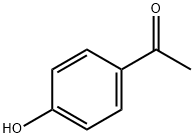
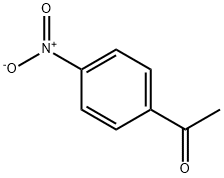

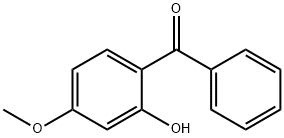
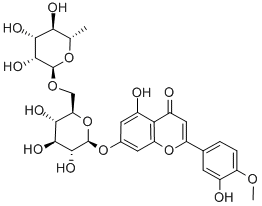

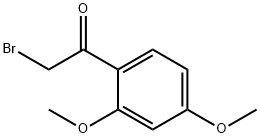
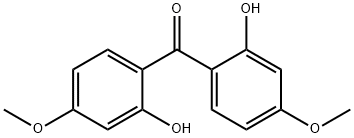
You may like
-
 522-41-0 2'-Hydroxy-4'-Methoxyacetophenone 99%View Details
522-41-0 2'-Hydroxy-4'-Methoxyacetophenone 99%View Details
522-41-0 -
 552-41-0 98%View Details
552-41-0 98%View Details
552-41-0 -
 2'-Hydroxy-4'-methoxyacetophenone 98%View Details
2'-Hydroxy-4'-methoxyacetophenone 98%View Details
552-41-0 -
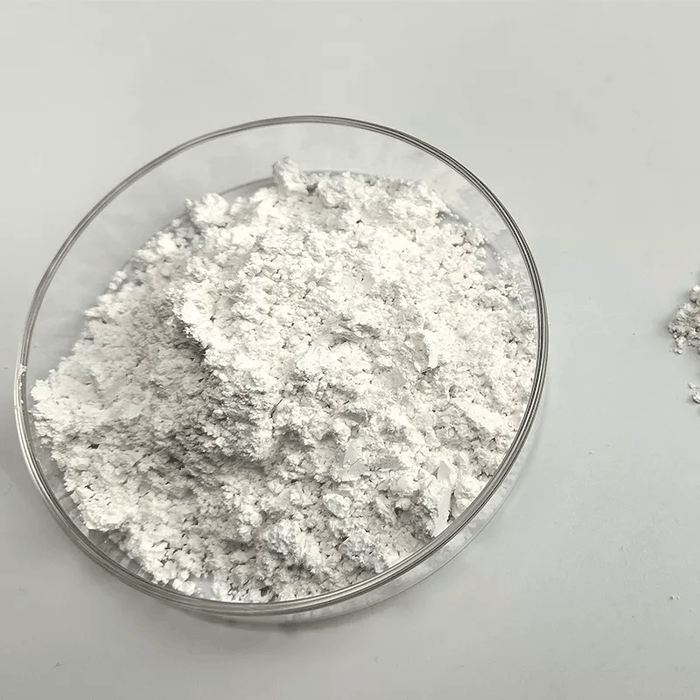 2'-Hydroxy-4'-methoxy acetophenone 98%View Details
2'-Hydroxy-4'-methoxy acetophenone 98%View Details -
 2'-Hydroxy-4'-methoxyacetophenone CAS 552-41-0View Details
2'-Hydroxy-4'-methoxyacetophenone CAS 552-41-0View Details
552-41-0 -
 Paeonol 99% (GC) CAS 552-41-0View Details
Paeonol 99% (GC) CAS 552-41-0View Details
552-41-0 -
 Paeonol CAS 552-41-0View Details
Paeonol CAS 552-41-0View Details
552-41-0 -
 2′-Hydroxy-4′-methoxyacetophenone CAS 552-41-0View Details
2′-Hydroxy-4′-methoxyacetophenone CAS 552-41-0View Details
552-41-0
